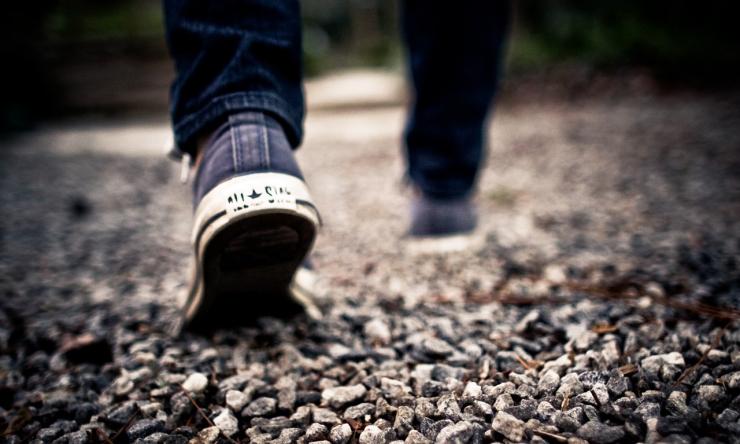Get on your feet and keep them healthy
The average person spends more than half their day standing. By taking special care of your feet, you can minimize the stress placed on them. A podiatric specialist from Baylor College of Medicine provides simple tips to keep your feet healthy.
“Common problems that people face include hammertoes, blisters, plantar fasciitis and bunions. Some of these are easily solvable, but others may need the involvement of a specialist,” said Dr. Ronald Lepow, assistant professor of orthopedic surgery at Baylor.
Friction and pressure are the most likely culprits for common feet issues, so it is important to choose the correct shoe for daily activities. Your shoes should have a toe box that is wide and deep so that your toes can freely move and should be breathable for sweat and odor control. Identify your foot arch, the area between your heel and the ball of your foot, by placing your foot on flat ground and taking a photo to review. People with low or high arches may benefit from shoes with orthotic inserts.
“X-rays of the foot reveal what kind of foot arch you have along with the structure of the foot,” Lepow said. “If you are experiencing pain, knowing these two things will help dictate a care plan.”
Bothersome bunions form at the big toe and can cause the toe to turn inward. People can be genetically predisposed to developing bunions or they can be a result of various forms of arthritis. The pain and severity of bunion development can be increased with bad footwear. Lepow advises avoiding constrictive shoes, such as high heels and opting for wide shoes. If pain persists, surgical intervention may be required. Some people will develop hammertoes, which occur when a tendon in the toe contracts and bends at the first joint, causing the toes to overlap and rub against each other. This can lead to corns, blisters or calluses. Toe spacers or toe straighteners can help alleviate this problem; however, they are not a cure.
Foul foot odor may be a result of sweaty feet or bacterial infections. These infections form when you encounter bacteria on the ground, in soil or even in unsanitary foot salons. Athlete’s foot is a common infection and usually presents itself between the toes and causes itchy, stinging skin that may also blister. Nail fungus, or onychomycosis, is another common infection and causes discoloration of the nail. Over-the-counter antifungal treatments are typically available but keeping feet dry with socks made of moisture-wicking material such as Merino wool can prevent fungus from growing. If symptoms are severe, topical or oral antifungal medications may be prescribed for treatment.
Older adults may be at a higher risk of foot issues based on other underlying medical conditions. Osteoarthritis, common in geriatric populations, can cause deformations of the joints, allowing bone spurs to form in the heel or other parts of the foot. Any adult who experiences these may benefit from shoe alterations or inserts. More intense treatments may include cortisone injections, physical therapy or custom-made orthotics.
“If you’re experiencing foot pain, visit a specialist so we can examine the pathology of your foot,” Lepow said. “This gives us a bigger picture of what issues you face and how we can best help you.”










